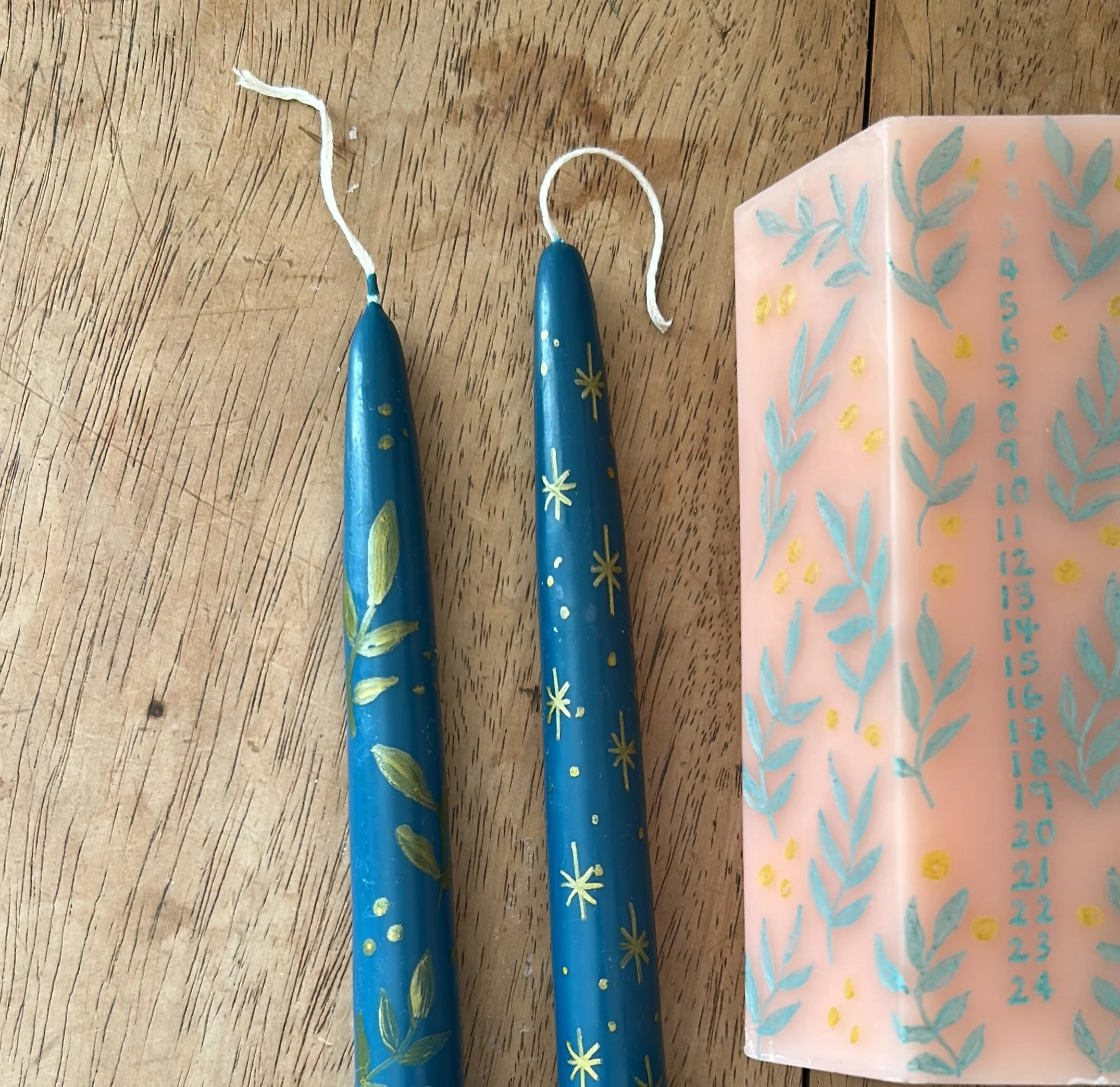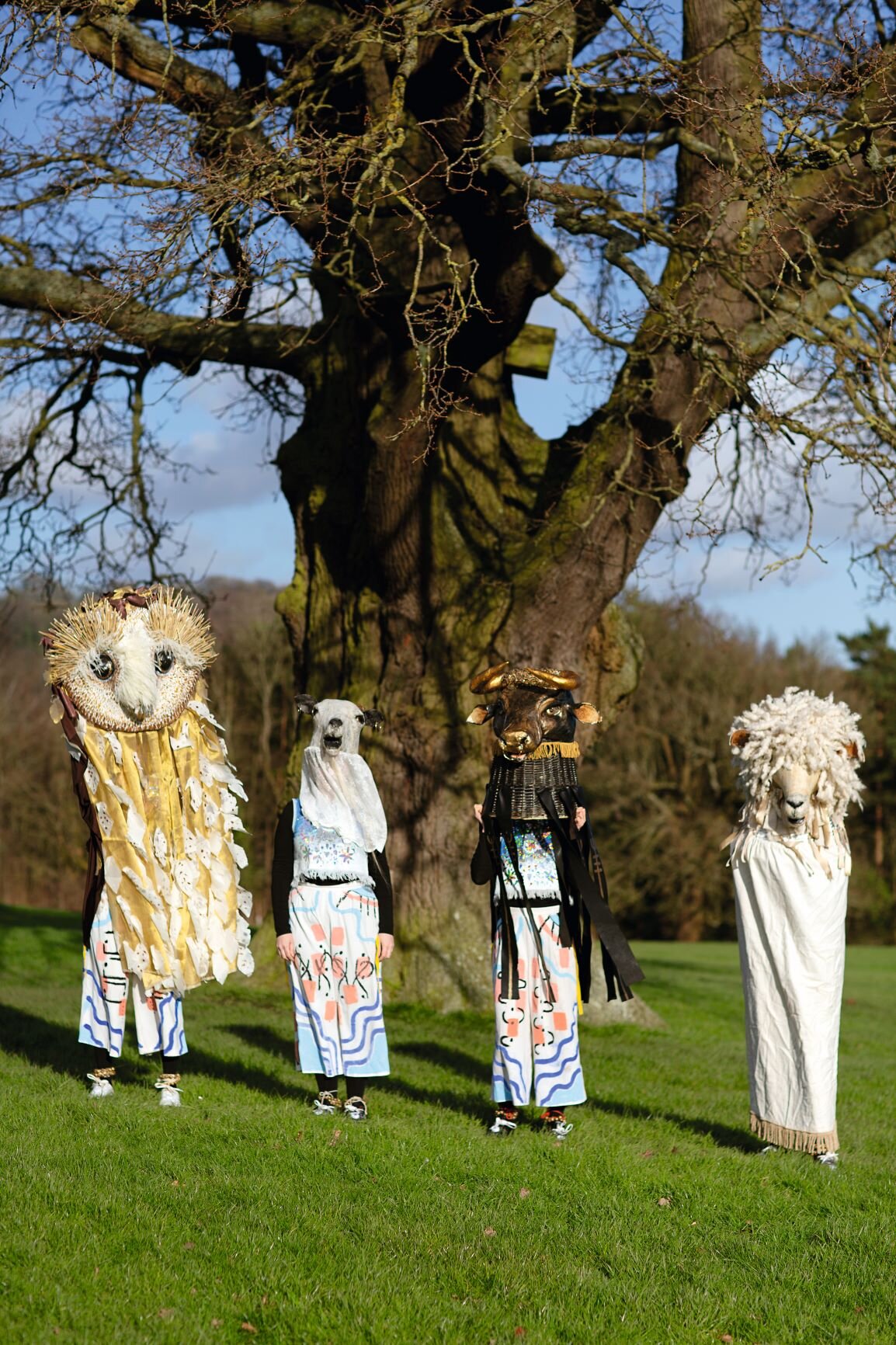Islands tend to be rich in folklore and perhaps nowhere more than Guernsey. Perhaps it’s due to being even more at the mercy of the weather and other elements than most of us… Maybe some of the stories were simply invented to discourage islanders from venturing to the caves and other spots where smugglers and pirates hung out. But they’re great tales either way. Here are a few of the superstitions and folktales that have shaped the island.
1. Guernsey fishers believe it’s unlucky to say they’re ‘going fishing’ as the fish may hear. They say they’re ‘off out on the boat’ instead.
2. Herbs are often believed to hold cures for all manner of ills but Guernsey gardeners believe their magic will only work if you swear as you plant the herbs. So much for gardening being good for your wellbeing.
3. Apparently if you walk around the fairy ring at Pleinmont three times and make a wish, it will come true.
4. In the west of the island, many of the houses have seats outside for witches. They were built in times when witches were prolific on Guernsey, so locals built seats so they could stop and rest, rather than create more mayhem.
5. Friday is believed to be an unlucky day, partly because Christ was crucified on a Friday and partly because that was the day the witches met. Superstitious Guernsey dwellers tend not to have a hair cut, use a new tool or try any new venture on a Friday.
6. Sore throat sufferers wrap a worn sock around their necks as they sleep at night to cure it by morning.
7. Islanders ‘let the bees know’ of any big family news. Bees and their honey were much prized in the Guernsey countryside historicaly, with many having a hive in their gardens, and folk still ‘let the bees know’ of any big news today.
8. Great attention is paid to the colour of flames inside the home. If the fire or a candle in a Guernsey home burns green rather than orange it’s said to be caused by the presence of evil. We’d argue it was caused by the presence of copper, but we’ll keep that to ourselves in case the witches hear.
If the superstitions above have inspired you to plan a trip or just learn more about this beautiful spot, don’t miss our ‘My Island’ feature in our May issue, in which Holly Farrell shows us around a few of her favourite island haunts, including the neolithic statue called ‘The Grandmother’ pictured above.
Buy this month's The Simple Things - buy, download or subscribe





















































